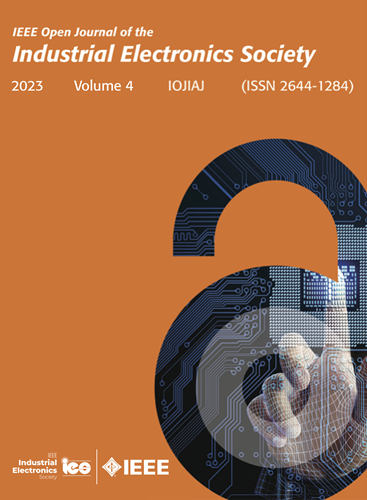IDSI-SO: A Multiagent Safe Reinforcement Learning Navigation Based on Threat Assessment in Complex Dynamic Environments
IF 7.2
1区 工程技术
Q1 AUTOMATION & CONTROL SYSTEMS
引用次数: 0
Abstract
Achieving efficient and safe navigation of multiple agents in complex environments is significant for future transportation. Challenges of multiagent navigation are as follows: first, it is difficult to obtain safe navigation policies when the dimension of observation/action space increases rapidly with the number of agents; second, the algorithm needs to deal with complex static obstacles in realistic scenes; third, the interaction avoidance between agents is not clear. In this work, we propose the IDSI-SRL-ORCA (IDSI-SO for short hereafter), a multiagent safe reinforcement learning (SRL) navigation method. Interactive driving safety index (IDSI) is a general method for analyzing observation in navigation and reducing its spatial dimensions. It performs a threat assessment based on observations of dynamic obstacles. IDSI considers the effect of interaction between agents on safety estimation and reduces the computation of field intensities in DSIIDSI-SO:基于复杂动态环境中威胁评估的多机器人安全强化学习导航
实现复杂环境下多智能体的高效安全导航对未来交通运输具有重要意义。多智能体导航面临的挑战是:第一,当观察/行动空间的维度随着智能体数量的增加而迅速增加时,难以获得安全的导航策略;其次,算法需要处理现实场景中复杂的静态障碍物;第三,agent之间的交互回避不明确。在这项工作中,我们提出了IDSI-SRL-ORCA(以下简称IDSI-SO),一种多智能体安全强化学习(SRL)导航方法。交互式驾驶安全指数(IDSI)是一种分析导航观测值并降低其空间维数的通用方法。它根据对动态障碍物的观察进行威胁评估。IDSI考虑了agent之间相互作用对安全估计的影响,减少了DSI bb0中场强的计算量。基于IDSI的威胁评估,IDSI- so利用威胁关注和对手建模从原始传感器中提取有用信息。这降低了强化学习的观察维度,最终提高了训练效率。实验表明,与SRL-ORCA[2]相比,IDSI-SO在复杂场景下的平均威胁降低了13.4%,成功率达到94.5%。视频可在https://www.youtube.com/watch?v=MS7MvA3gpS4上获得。
本文章由计算机程序翻译,如有差异,请以英文原文为准。
求助全文
约1分钟内获得全文
求助全文
来源期刊

IEEE Transactions on Industrial Electronics
工程技术-工程:电子与电气
CiteScore
16.80
自引率
9.10%
发文量
1396
审稿时长
6.3 months
期刊介绍:
Journal Name: IEEE Transactions on Industrial Electronics
Publication Frequency: Monthly
Scope:
The scope of IEEE Transactions on Industrial Electronics encompasses the following areas:
Applications of electronics, controls, and communications in industrial and manufacturing systems and processes.
Power electronics and drive control techniques.
System control and signal processing.
Fault detection and diagnosis.
Power systems.
Instrumentation, measurement, and testing.
Modeling and simulation.
Motion control.
Robotics.
Sensors and actuators.
Implementation of neural networks, fuzzy logic, and artificial intelligence in industrial systems.
Factory automation.
Communication and computer networks.
 求助内容:
求助内容: 应助结果提醒方式:
应助结果提醒方式:


